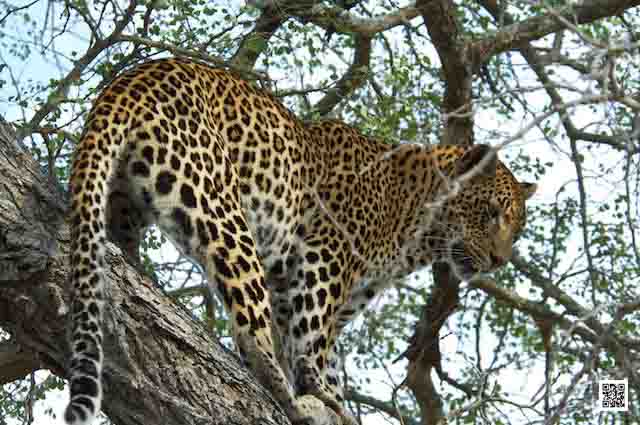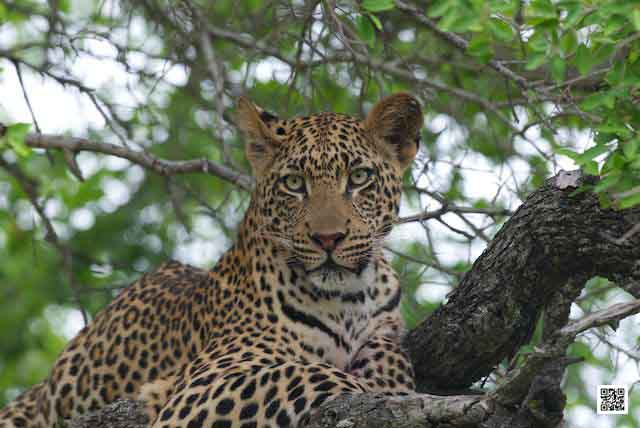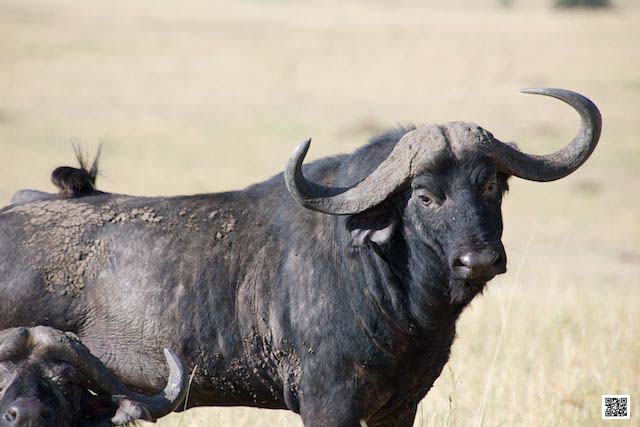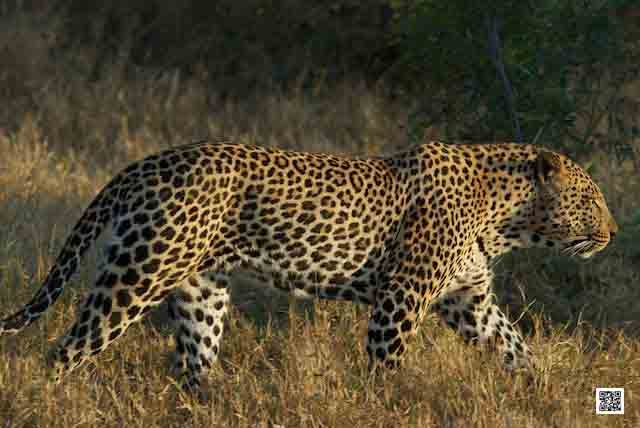innovation
How to Learn with Photography in an Innovative Economy
28/03/13 11:37 Filed in: B2B

“The demands of a collaboration-based, talent-hungry, global, wired economy are evolving so quickly that success depends on nothing less than continuous learning. Fall behind and you may find yourself disqualified from the race.
One senior innovation advisor at a major energy company put it this way, “In today’s economy there is no way anybody can be an expert in a substantial part of their total field. The modern ‘renaissance man (or woman)’ is one who understands how to learn.” This is huge and so important.
Companies of all sizes in all industries are trying to meet the new imperative. Learning and Development (L&D) spending was up 12 percent in 2013, the largest jump in almost a decade. The goal is to integrate learning into a company’s culture and processes. There are also training sessions, workshops, conferences, and retreats, but the most successful strategies are those that make learning a continuous process, hardwired into a company’s metabolism.
For leaders this is both a daunting challenge and an exciting opportunity to engage and retain top talent. You have to keep your eye on the horizon, your ear to the ground and your nose in the wind. Your company’s needs are ever-changing, and you must stay one step ahead.” (Meghan M. Biro in The new rules for leadership for Forbes)
How to cope with that? What to do? How to keep learning at a high pace? Not only the learning pace has become challenging also the huge mass of date that needs to be processed is a challenge of its own. Can one do all that through reading, talking, listening? I dare to say no. We learn best through visualizations. When we see “the bigger picture”, we understand, we memorize and we get inspired to develop new things, technologies and products. The high demands of learning in nowadays economy need the matching tools to do so and photography has and will have a key role in this process. Photography makes visible what is non-visible and by doing that, it makes it easy to understand and learn. Leaders need to learn how to communicate with visual tools and not only leaders of marketing teams, who are working already with images for their marketing campaigns, leadership itself will become visual and communicated through images. The learning utilizing photography is an accelerated process. It includes fun, awe, surprise and unconscious learning, which supports and ignites innovation. Photography makes visible what the conscious mind is not able to see yet and allows quantum leaps in learning, understanding and innovating.
And how does it exactly work? First to make clear, no photography skills are needed, no photography course needs to be attended and one does not have to go on trips and photographic safaris to do it, yet this environment does support and accelerate the process. A cell phone camera is enough to start experiencing the strength of photography under the guidance of a qualified trainer, teaching the delegate through assignments to accomplish the desired results.
And now just try it and see yourself.
Ute Sonnenberg for www.rohoyachui.com
How Photography will be the Innovation Tool of the Future

At the time that quantum physics was evolving and the scientists were wondering what the discoveries they made would mean for humanity, one of them, David Bohm, started collaborating with Martin Buber, the Austrian philosopher. Bohm wanted to find answers in philosophy how discoveries like “everything is made of the same energy” and “everything is connected to everything else” explain the universe and our role in it. He worked with Buber on his book “I and Thou”, yet he realized that he didn’t find all answers he was looking for. David Bohm concluded that it needs the arts to find comprehensive answers, that it would need the triangle quantum physics, philosophy and art to answer the questions of the universe.
The answers he was looking for might be on their way. Back in his time art was something few people did; nowadays art is something billions do. With a camera in every cell phone pretty much everyone is doing art through photography. It doesn’t need any photography course to wield this amazing tool, one only needs to press the shutter and it goes. By having a broad majority of people doing it, photography has become the connecting art, producing images and answers continuously.
Now, one only needs to learn to read the images to find the answers, connecting quantum physics, philosophy and art in an innovative synergy to conquer the challenges of leadership and life. Visualizing quantum physics and philosophy is innovation at its best, unique, powerful and ready to serve humanity. Next to numerous possible scientific and everyday life applications, photography becomes the key to continuous success in business.
Photography is what David Bohm was looking for. His intuition was right, that the arts were the link.
Ute Sonnenberg for www.rohoyachui.com
A Story of Disruptive Innovation and Photography
22/01/13 16:59 Filed in: Insights & Opinion | Photography & Art

Good ideas often come while we are doing something very boring like driving on the freeway, washing the dishes, doing ironing or other monotone work. We get in some kind of a trance and our thoughts start wandering away and sometimes to places where ideas wait to be discovered. Our mind gets somehow switched off and the intuitive level takes over. In other words our usual thoughts are put to sleep.
Now we got this amazing idea, we quickly finish the dishes and go straight behind the computer to work the whole thing out for implementation into practice. Lets say the idea is a new kind of team building that uses photography to align the energies of the individual team members in order to accomplish the team goals. This might sound complicated, but it is not, its only photography and it will feel like a normal photography course, only the results will be more beneficial for the team. Lets call it an innovative application of photography for business.
How do others experience this innovation? Some will see immediately the fun of photography and will be curious to discover new exciting things. Others might be skeptical and might feel a bit uncomfortable, not knowing how the whole thing will work. For them it might feel disruptive, different from the usual team building they always had and reluctance might creep up, tempted to reject the innovative approach of the team building.
What will win, the reluctance or even rejection or the curiosity, fun and excitement? This is the moment when leadership is needed. At the end the leader guides the team to new success and sometimes something has to disrupt the routine to achieve new levels of achievements.
Another example: Who remembers the Reebok Pump? Here what happened when the innovation was introduced to the responsible people:
“When Continuum pitched an idea to Reebok for a new basketball shoe that would use inflated air to better support the ankle, thereby reducing injuries, the brand manager for basketball shoes said he wasn’t interested because he had never heard about a need for that from a focus group. When we proposed the idea to a high school basketball team, the response was even worse--the players openly laughed at the concept.
But when the team members actually used an early “experiential model” of the shoe during practice, they were won over by how cool it was to have a shoe form-fitted to their feet. Over time, they were even more enthusiastic as they realized they could play more confidently without fear of injury. Like that, the Reebok Pump was born.” (via Co.Create, read the article here)
The Reebok Pump could be called a disruptive innovation. It obviously disrupted the usual thinking and doing, yet when eventually tested all were happy.
There are plenty of examples like the Reebok Pump, also in art and photography. People disliked the painting style of Van Gogh. It was different from the style of other successful painters at this time and Van Gogh’s style might have been experienced as disruptive.
Long story short, disruptive innovation is something revolutionary and photography is a wonderful medium for innovation, within photography and beyond. Use it and be not discouraged when some people might feel disturbed. You might be a new Van Gogh or Rembrandt!
Keep snapping!
Ute Sonnenberg for www.rohoyachui.com
Take an External Perspective for Better Insight
17/01/13 08:23 Filed in: Insights & Opinion

When you visit a museum, where do you stand to look at a painting? Do you stand right in front of the wall, your nose almost touching it or do you stand looking from a distance? Well, if you want to see exactly every brush stroke, you got to come close, but when you want to see the entire masterpiece, you got to watch from a distance.
Talking about an accident is easier when you were witnessing it rather than being involved yourself. You might become emotional while talking when you are one of the victims.
These are two everyday life examples, that having a distance allows a better view on things in their complexity. One can “walk” around a problem or case and see all its aspects from different angles, which result in deeper insights. Innovative leaders will practice that method and photographers do that as well, constantly.
Pretty much every camera has a zoom and if not in the camera, the photographer has most likely a zoom lens. And what are they doing? Zooming in and out constantly to capture the subject the way they experience it, some more closely, others more from a distance. A photographer has always an external perspective and that makes it possible that they can photograph scenes one can hardly look at. Like being a victim of an accident or witnessing an accident, being a witness gives the distance and the insights.
Ute Sonnenberg for www.rohoyachui.com
How Photography can Accelerate Innovation
29/11/12 16:30 Filed in: B2B

Many things were said about Steve Jobs and probably the most significant was that “he saw things”. He had the ability to see what can be done and what people would love to have and use. He saw innovation.
Not many people are as gifted as Steve Jobs, yet there are many people working on innovation and developing fascinating new things without probably having the ability to “see” like Steve Jobs did. It might be a disadvantage not to see the innovation, because we understand much easier where we are going and for what we are going when we see the goal, visualize the goal.
That’s the moment when photography comes in. Now you might think how can one photograph something that doesn’t exist yet, an innovation, an idea. Well it is possible to visualize ideas through photography and even the way to achieve the goal can be photographed. One simply got to learn how to read the images.
It’s probably the way Steve Jobs saw “it”. He saw devises, software, nature, people, actually all around us and he had the ability to see beyond it and visualize the innovation. We see also all what is surrounding us, yet we might need a little help from photography to see beyond it and to learn how to use the information we gather that way.
No worries, it is easier done than to talk about it. Like with anything else, pictures are saying more than words and training is available to learn how to utilize photography for innovation. Ask for them, if you are interested.
Keep your vision inspiring your everyday doing and innovation will come.
Ute Sonnenberg for www.rohoyachui.com
Photography for Business: One-Day Acceleration Sessions
19/10/12 19:29 Filed in: B2B | Photography & Art

Kimberly-Clark is doing collaborative innovation sessions for specific problems and opportunities. They recruit outside “mentors” that come in for a day to help solving specific problems and to explore opportunities the company is looking at. The outside-in view of the mentors allows a deep dive into the issues with strategic and practical insights as the result, that otherwise would have taken weeks to gather.
Now imagine you add photography as an accelerator to this process and you get One-Day Acceleration Sessions for various business purposes. From innovative leadership sessions to brand innovation, product development and all in between, acceleration sessions with photography are the insular-mind-blowing incubator that saves time, money and resources.
And how is this possible? It is common knowledge that our conscious is only the tip of the iceberg sticking out of the water and our subconscious is the huge rest of the iceberg under water. Our subconscious knows much more than our conscious, we just struggle to get access to its enormous source of information, at least we did. Photography is the key to open this immense resource to us and allows us to benefit from it. By adding photography to for example leadership sessions it allows us access to these resources of knowledge, speeds up the process and lets us gain insights and ideas we otherwise would need months or even years.
All Innovation and knowledge is in us. Photography makes it visible, physical and ready to use. A click on the shutter is the key to innovation, leadership and success. It’s as simple as that.
Photography, the business tool of the future and the future has started now.
Ute Sonnenberg for www.rohoyachui.com